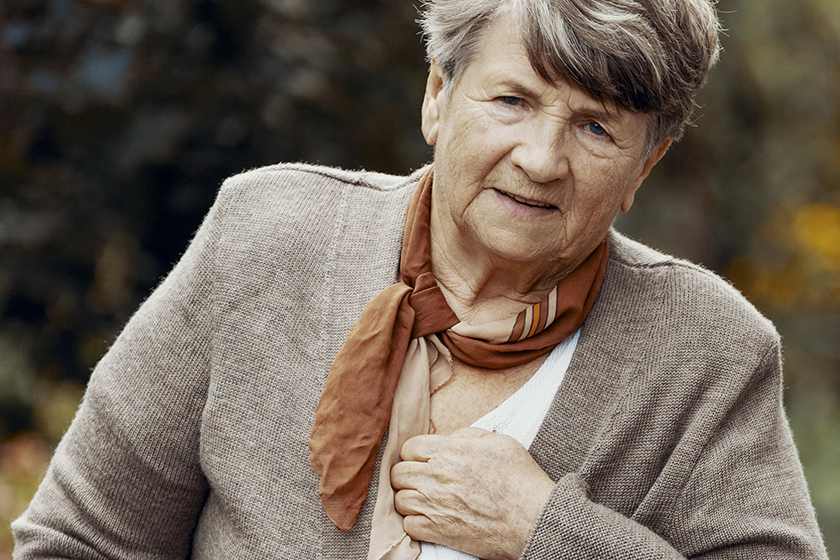Changes in health can sometimes lead to serious conditions as we age, such as low oxygen levels, or hypoxia. Recognizing the low oxygen signs in elderly loved ones is vital for getting timely medical attention.
Low oxygen levels can affect various parts of the body, leading to discomfort and even more severe complications. Here are five signs to watch for that may indicate your loved one is experiencing low oxygen.
Changes in Skin Color
One of the earliest and most noticeable signs of low oxygen levels is a change in skin color. If you observe a bluish tint around your loved one’s lips, mouth, or fingernails, this could indicate that they are not getting enough oxygen.
The skin may also appear pale or take on a grayish hue. This condition, known as cyanosis, is a serious sign that requires immediate medical attention to ensure that their oxygen levels are restored.
Shortness of Breath
If your elderly loved one is struggling to breathe or experiencing shortness of breath, this is another common sign of low oxygen levels. They may appear to be breathing faster or working harder to catch their breath, even when at rest.
This labored breathing can often be accompanied by feelings of anxiety or restlessness. If breathing difficulties persist, it is important to seek medical evaluation as soon as possible to address potential oxygen deprivation.
Confusion or Disorientation
Low oxygen levels can have a significant impact on the brain. Confusion, disorientation, or an altered mental state may indicate that your loved one’s brain is not receiving enough oxygen. If they seem unusually confused, agitated, or unable to focus, this could be a symptom of hypoxia.
Immediate attention is necessary, as prolonged oxygen deprivation can cause further cognitive decline and worsen their overall condition.
Chest Pain or Discomfort
Another serious sign of low oxygen levels is chest pain or discomfort. This may present as a dull ache or more severe pain and can be accompanied by sweating or a rapid heartbeat. Chest pain should never be ignored, as it can signal serious respiratory or cardiovascular issues related to low oxygen levels.
If your loved one complains of chest pain, it’s important to have them evaluated by a healthcare provider to determine the cause and provide appropriate treatment.
Elevated Heart Rate
When the body is not receiving enough oxygen, it may try to compensate by increasing the heart rate. An elevated heart rate, or tachycardia, is often a sign that your loved one is experiencing oxygen deprivation.
If you notice that their heart rate is higher than normal, especially without physical exertion, it may be time to consult a healthcare professional. Monitoring changes in heart rate can be a valuable way to catch potential respiratory issues before they escalate.
If you are concerned about the health and well-being of your loved one, our community offers the support they need. Our Assisted Living community provides exclusive programs, services, and senior living amenities designed to keep your loved one comfortable and healthy. From engaging activities to local area attractions and community events, we strive to create a welcoming environment where they can thrive as they age.







